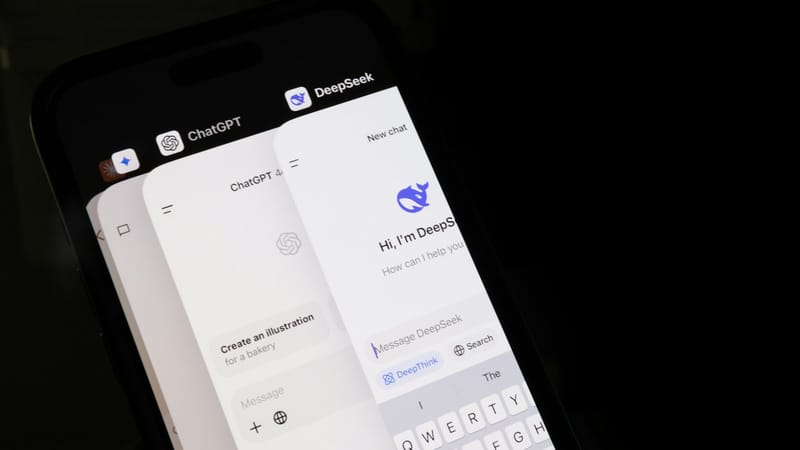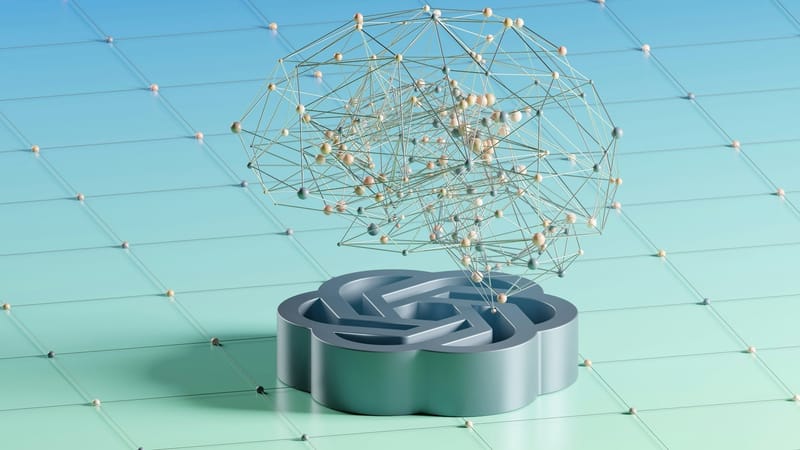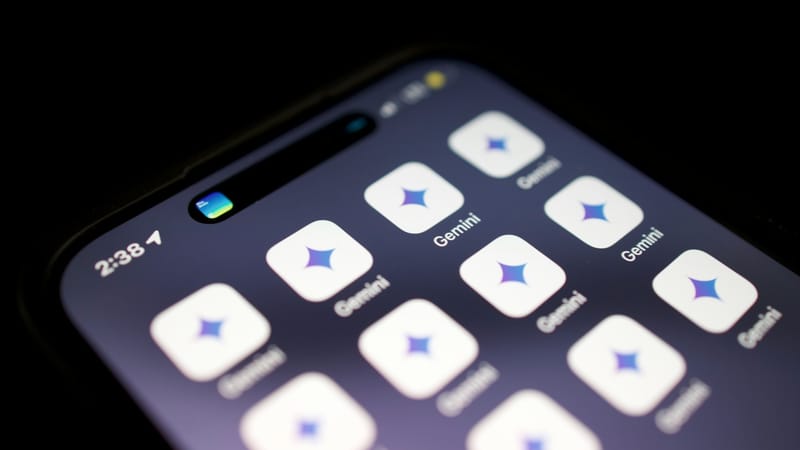Beer, Fried Chicken and 260,000 GPUs: How South Korea and NVIDIA Are Building a Sovereign AI Engine
At the APEC CEO Summit in Gyeongju, NVIDIA and South Korea unveiled a plan to deploy more than 260,000 GPUs across industry and government. The spectacle included a very Korean bit of deal-making theatre and a serious bid to turn compute into national muscle.

When Jensen Huang stepped onto the stage at the APEC CEO Summit in Gyeongju, South Korea, he was not there for a routine product announcement. He came with a promise that 260,000 NVIDIA GPUs would soon be deployed across the Republic of Korea to power sovereign AI, robotics, and industrial automation. “It’s vital that we build the ecosystem, not just the AI infrastructure, of Korea,” he said.
The agreement, announced with the Korean Ministry of Science and ICT, links NVIDIA with the country’s largest technology and industrial groups including Samsung, SK Group, Hyundai Motor Group, and NAVER. These companies will construct large-scale “AI factories” combining local chip manufacturing and NVIDIA’s new Blackwell GPUs.
According to Reuters, each of the major industrial groups will operate its own cluster of around 50,000 GPUs, while NAVER Cloud will deploy over 60,000. Domestic cloud providers such as NHN and Kakao will host another 50,000 for sovereign AI services. The first 13,000 Blackwell GPUs are already scheduled for delivery.
Huang explained in NVIDIA’s news release that the partnership is not only about data centres or language models but about building an “AI industrial ecosystem.” South Korea, which already dominates memory and manufacturing, now wants to export intelligence as a new kind of product.
From factories to factories of intelligence
The project is part of Korea’s sovereign AI strategy, ensuring that compute, data, and models remain under national control. Hyundai is building an AI supercomputing centre for robotics and autonomous driving. SK Group is developing an AI-driven manufacturing platform connected to its semiconductor production. NAVER is integrating tens of thousands of GPUs into a cloud backbone for enterprise and creative AI.
Each project reflects Huang’s central idea that Korea’s next export will be intelligence. The country already builds the components that make global AI possible. This time, it wants to apply that strength at home, creating a closed loop from semiconductor to service.
A deal sealed over chicken and beer
The visit became famous for what happened after the summit. As Channel News Asia reported, Huang joined Samsung’s Lee Jae-yong and Hyundai’s Chung Eui-sun for fried chicken and beer in Seoul. The meeting took place at a restaurant called Kkanbu, a Korean word for “close friend.” Photos of the three men sharing chicken went viral, and crowds gathered outside chanting Huang’s name.
The meal did not literally seal the contract, but it symbolised trust and cooperation in a culture where informal gatherings often reinforce formal alliances. JoongAng Daily described it as “a public expression of unity.” It turned a story about chips and compute into one about people and relationships. Business Insider captured the moment with photos of Huang surrounded by fans, a reminder that GPUs have become cultural as well as technological symbols.
Strategic geometry
For NVIDIA, the Korean partnership is both commercial and geopolitical. With US export controls limiting the sale of high-end GPUs to China, Korea offers a powerful alternative market. Reuters called it one of NVIDIA’s largest national GPU deals, giving the company a stable anchor in Asia at a time of supply chain realignment.
For Korea, the collaboration is about control and competitiveness. By linking its semiconductor industry with national AI infrastructure, the country is trying to move beyond being a parts supplier. The Korea Herald noted that the alliance between government and the chaebol creates a “vertical integration of chips, software, and mobility.” The inclusion of the Ministry of Science and ICT ensures that public R&D, education, and infrastructure are part of the equation.
Telecoms are another piece. NVIDIA has launched an AI-RAN partnership with Nokia, extending compute to the network layer. Korean operators plan to incorporate this into 6G trials, creating what Huang calls “the AI-powered network of the future.”
From cloud models to physical AI
Korea’s program differs from most national AI strategies because it focuses on physical AI rather than purely digital applications. NVIDIA’s blog highlights robotics, automotive systems, and digital twins as priorities. “Just as Korea’s physical factories have inspired the world, the nation can now produce intelligence as a new export,” Huang said.
This is where the partnership becomes distinctive. AI will be built into vehicles, production lines, and logistics networks, not just trained in the cloud. Hyundai plans to use its AI centre for autonomous assembly lines and smart mobility. SK Group is building AI systems for process control and yield improvement in semiconductor fabrication. These are concrete, revenue-generating applications that turn AI into industrial capability.
What happens next
The 260,000 GPUs are a statement of intent as much as a supply order. They show that Korea wants to own its AI infrastructure from silicon to software. The country faces constraints, including energy supply and a shortage of specialised engineers, but its track record in large-scale manufacturing suggests it can deliver.
JoongAng Daily described the event as a transformation rather than a transaction. In geopolitical terms, it highlights the emergence of regional AI ecosystems that fall outside the US–China divide. In economic terms, it illustrates how industrial strategy, technology, and culture can reinforce each other.
The kicker
So did the deal happen over beer and fried chicken? Not in any formal sense, but that table in Seoul captured the spirit of collaboration that now defines Korea’s AI push. It showed how silicon, software, and social ritual can combine to create momentum.
As NVIDIA’s announcement put it, “This collaboration will help Korea build a foundation for innovation, industries, and jobs.” If the 20th century belonged to steel and oil, and the early 21st to data, the next phase may belong to compute. Korea is betting that by blending industrial discipline with cultural cohesion, it can make that future its own.






